A rain suit is a two-piece set of waterproof outerwear designed to shield you from rain, wind, and moisture. It’s a must-have for anyone who works or spends extended time outdoors in wet conditions. Rain suits come in various styles and materials to suit different needs and weather intensities.
Components of a Rain Suit:
- Jacket: The upper piece of the suit, typically designed to cover your torso and arms. It features a hood for additional protection from rain and wind.
- Pants: The lower piece that covers your legs and sometimes extends up to the waist or chest for a more comprehensive seal.
Key Features of Rain Suits:
- Waterproof materials: Rain suits are crafted from waterproof materials like nylon, polyester, or PVC (polyvinyl chloride) coated fabrics. These materials repel water, preventing it from soaking through and keeping you dry underneath.
- Seamed sealing: The seams of a rain suit are typically sealed with waterproof tape or welding to prevent water from seeping in through the stitching.
- Hood: A hood is an essential feature of a rain suit, providing head protection from rain and wind. Some hoods might be adjustable for a better fit.
- Closures: Rain suits typically zip up the front for easy on and off.They may also have additional velcro closures or flaps to offer extra protection from rain seeping in through the zipper.
- Ventilation: Some rain suits incorporate ventilation features, such as mesh panels or underarm vents, to allow for breathability and prevent moisture build-up inside the suit. This is especially important during strenuous activities or in hot weather conditions.
- Pockets: Rain suits may have pockets with storm flaps to offer some storage space for essentials while keeping them protected from the rain.
Types of Rain Suits:
- Disposable rain suits:These are lightweight and typically made from thinner, less durable materials like PVC. They are ideal for short-term use or situations where a more breathable option isn’t necessary.
- Reusable rain suits:Made from more durable materials like nylon or polyester, these rain suits are designed for repeated use and offer better protection from the elements. They may come with features like seam sealing and breathable membranes for improved comfort during extended wear.
- Hi-vis rain suits:These rain suits prioritize visibility in low-light conditions. They come in fluorescent colors like yellow or orange and incorporate reflective stripes to enhance your visibility to motorists or heavy machinery operators.
- Heavy-duty rain suits:Designed for heavy rain or harsh weather conditions, these suits are made from thicker, more durable materials and may include features like reinforced seams and extra waterproofing treatments.
Choosing the Right Rain Suit:
When selecting a rain suit, consider these factors to ensure it meets your needs and provides optimal protection:
- Intended use: Think about how you’ll be using the rain suit. If it’s for occasional use during short downpours, a disposable rain suit might suffice. For frequent use or harsh weather conditions, a reusable rain suit with better breathability and durability is recommended.
- Weather conditions: Consider the typical rain intensity in your area. For heavy rain or extreme weather, a heavy-duty rain suit might be necessary.
- Breathability: If you’ll be active while wearing the rain suit, opt for one with breathable features to prevent sweat build-up and discomfort.
- Visibility: If you’ll be working in low-light conditions, a hi-vis rain suit is crucial for safety.
- Comfort and fit: The rain suit should fit comfortably without being too loose or restrictive. Look for features like adjustable waists or cuffs for a better fit.
By understanding the different types of rain suits, their features, and considering how you’ll be using it, you can choose the ideal rain suit to keep you dry and comfortable during wet weather conditions.



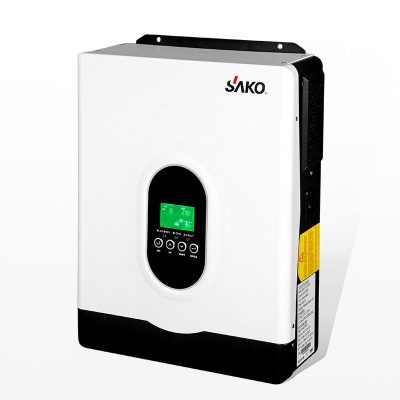
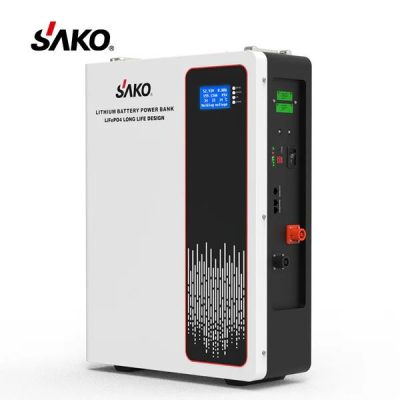

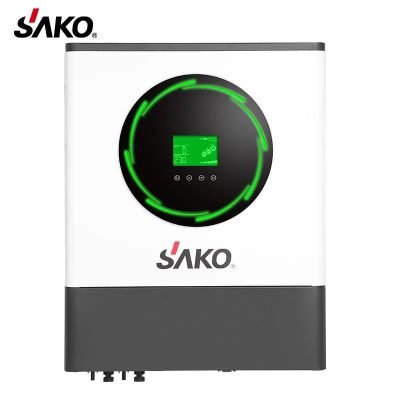
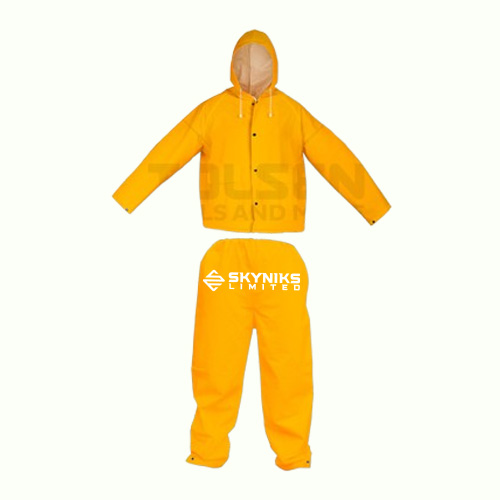
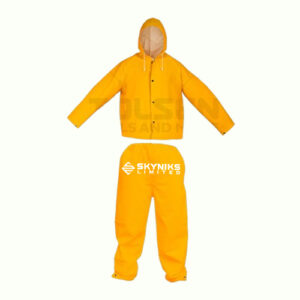
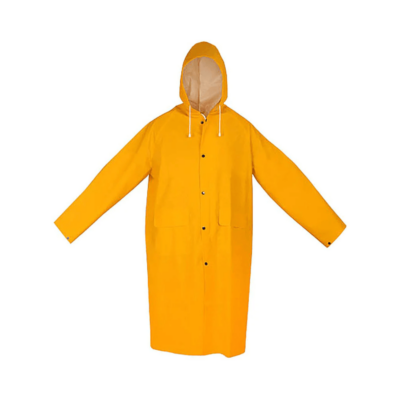
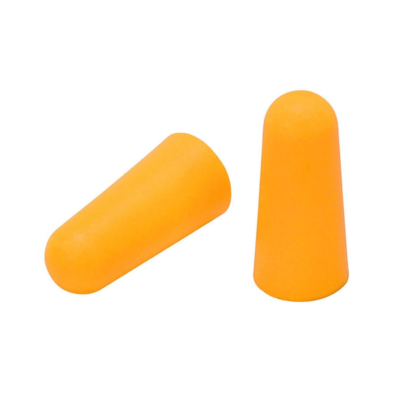
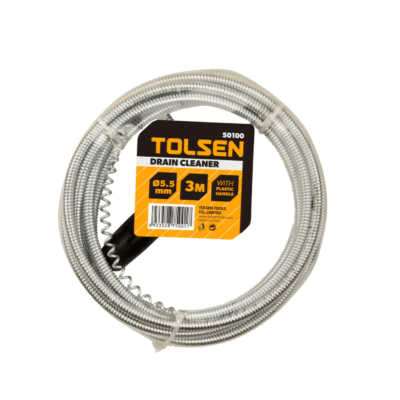
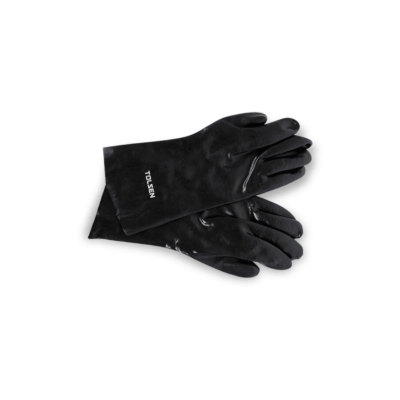

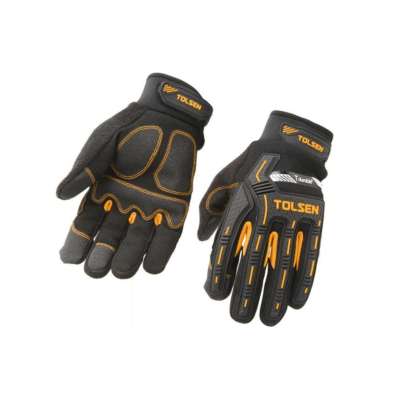
Reviews
There are no reviews yet.